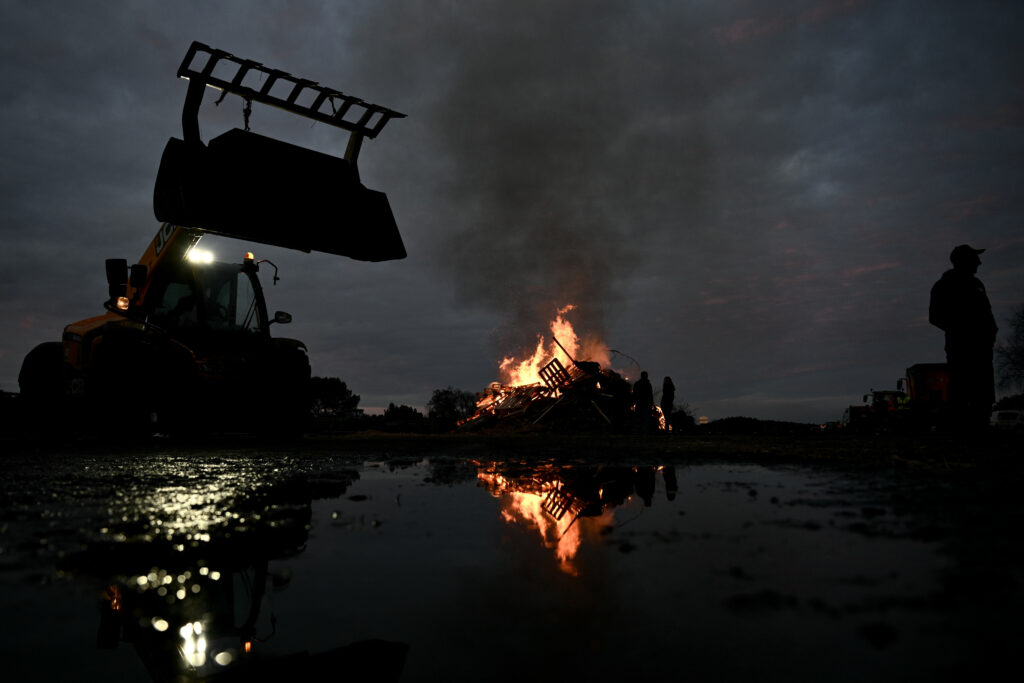Asian markets drift as US jobs data fails to boost rate cut hopes
Asian equities fluctuated on Wednesday as mixed US jobs data did little to boost expectations for another interest rate cut next month, while oil rallied after Donald Trump ordered the blockade of “sanctioned” Venezuelan tankers.With Federal Reserve officials indicating they were unlikely to lower borrowing costs for a fourth successive meeting, sentiment on trading floors has been subdued of late, compounded by worries over tech valuations and AI spending.Focus had been on the delayed release of key non-farm payrolls reports, which showed Tuesday that the unemployment rate had jumped to a four-year high of 4.6 percent in November, reinforcing views that the labour market was slowing.However, a forecast-beating 105,000 drop in jobs in October was blamed on the extended government shutdown — with many expected to return — while November’s rise of 64,000 was more than estimated.Analysts said the figures did little to move the dial on rate-cut bets, with Bloomberg saying markets had priced in about a 20 percent chance of such a move next month.”The bleed higher in the unemployment rate plays to the (Fed policy board’s) concern about the labour market, which has supported the adjustment over the past three meetings,” wrote National Australia Bank senior economist Taylor Nugent. “But it is unlikely to be enough to push them to further near-term easing,” he added. “It would take another jump (in unemployment) next month to shift things much on a January cut.”Wall Street investors largely shrugged at the data, with many concerned that the tech-led rally over the past two years may have gone too far and that the vast sums invested in AI might not see returns as soon as hoped.Asian markets, having dropped at the start of the week, struggled to make big inroads higher.Tokyo, Seoul, Taipei, Manila and Jakarta rose, but Hong Kong and Shanghai were flat, while Sydney, Singapore and Wellington fell.Oil prices jumped more than one percent after Trump said on his Truth Social platform that he was “ordering A TOTAL AND COMPLETE BLOCKADE OF ALL SANCTIONED OIL TANKERS going into, and out of, Venezuela”.The announcement sharply escalates his campaign against the country — while issuing new demands for the country’s crude — after months of building military forces in the Caribbean with the stated goal of combating drug trafficking in Latin America.Caracas views the operation as a pressure campaign to oust leftist strongman Nicolas Maduro, whom Washington and many nations view as an illegitimate president.The gains pared some of the 2.7 percent in losses suffered Tuesday after the US president said a deal to end the war in Ukraine was closer than ever.An end to the war could ease sanctions on Russian oil, adding to oversupply concerns already weighing on the market.On currency markets, the yen strengthened further against the dollar following the US jobs data and days before the Bank of Japan is expected to hike interest rates to a 30-year high on Friday.In corporate news, Chinese chipmaker MetaX Integrated Circuits Shanghai soared more than 550 percent on its home city debut Wednesday, having raised $585.8 million in an initial public offering. The jump comes after semiconductor company Moore Threads also rocketed more than 500 percent on its first day earlier in the month, having taken $1.1 billion in its IPO.- Key figures at around 0230 GMT -Tokyo – Nikkei 225: UP 0.4 percent at 49,553.71 (break)Hong Kong – Hang Seng Index: FLAT at 25,239.12Shanghai – Composite: FLAT at 3,825.79Dollar/yen: DOWN at 154.52 yen from 154.80 on TuesdayEuro/dollar: UP at $1.1751 from $1.1747 Pound/dollar: UP at $1.3424 from $1.3422Euro/pound: UP at 87.54 pence from 87.52West Texas Intermediate: UP 1.2 percent at $55.91 per barrelBrent North Sea Crude: UP 1.1 percent at $59.53 per barrelNew York – Dow: DOWN 0.6 percent at 48,114.26 (close)London – FTSE 100: DOWN 0.7 percent at 9,684.79 (close)



